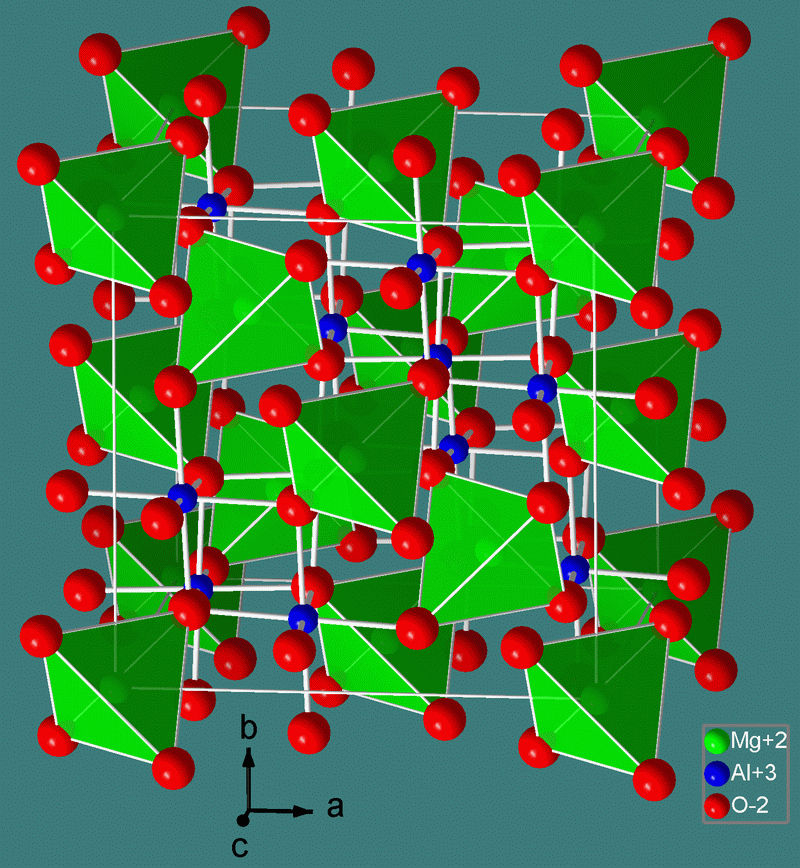| << Chapter < Page | Chapter >> Page > |

Another important area of geology that requires knowledge of trace elemental compositions is water analysis. In order to demonstrate the full capability of ICP-MS as an analytical technique in this field, researchers aim to use the identification of trace metals present in groundwater to determine a fingerprint for a particular water source. In one study the analysis of four different Nevada springs determined trace metal analysis in parts per billion and even parts per trillion (ng/L). Because they were present is such low concentrations, samples containing rare earth elements lutetium, thulium, and terbium were preconcentrated by a cation exchange column to enable detection at 0.05 ppt. For some isotopes, special corrections necessary to account for false positives, which are produced by plasma-formed molecules with the same mass-to-charge ratio as the isotopic ions. For instance, false positives for Sc ( m/z = 45) or Ti ( m/z = 47) could result from CO 2 H + ( m/z = 45) or PO + ( m/z = 47); and BaO + ( m/z = 151, 153) conflicts with Eu-151 and Eu-153. In the latter case, barium has many isotopes (134, 135, 136, 137, 138) in various abundances, Ba-138 comprising 71.7% barium abundance. ICP-MS detects peaks corresponding to BaO + for all isotopes. Thus researchers were able to approximate a more accurate europium concentration by monitoring a non-interfering barium peak and extrapolating back to the concentration of barium in the system. This concentration was subtracted out to give a more realistic europium concentration. By employing such strategies, false positives could be taken into account and corrected. Additionally, 10 ppb internal standard was added to all samples to correct for changes in sample matrix, viscosity and salt buildup throughout collection. In total, 54 elements were detected at levels spanning seven orders of magnitude. This study demonstrates the incredible sensitivity and working range of ICP-MS.
Elemental analysis in water is also important for the health of aquatic species, which can ultimately affect the entire food chain, including people. With this in mind, arsenic content was determined in fresh water and aquatic organisms in Hayakawa River in Kanagawa, Japan, which has very high arsenic concentrations due to its hot spring source in Owakudani Valley. While water samples were simply filtered and prior to analysis, organisms required special preparation, in order to be compatible with the sampler. Organisms collected for this studied included water bug, green macroalga, fish, and crustaceans. For total As content determination, the samples were freeze-dried to remove all water from the sample in order to know the exact final volume upon resuspension. Next, the samples were ground into a powder, followed by soaking in nitric acid, heating at 110 °C. The sample then underwent heating with hydrogen peroxide, dilution, and filtering through a 0.45 μm membrane. This protocol served to oxidize the entire sample and remove large particles prior to introduction into the ICP-MS instrument. Samples that are not properly digested can build up on the plasma torch and cause expensive damage to the instrument. Since the plasma converts the sample into various ion constituents, it is unnecessary to know the exact oxidized products prior to sample introduction. In addition to total As content, the As concentration of different organic arsenic-containing compounds (arsenicals) produced in the organisms was measured by high performance liquid chromatography coupled to ICP-MS (HPLC/ICP-MS). The arsenicals were separated by HPLC before travelling into the ICP-MS instrument for As concentration determination. For this experiment, the organic compounds were extracted from biological samples by dissolving freeze-dried samples in methanol/water solutions, sonicating, and centrifuging. The extracts were dried under vacuum, redissolved in water, and filtered prior to loading. This did not account for all compounds, however, because over 50% arsenicals were nonsoluble in aqueous solution. One important plasma side product to account for was ArCl + , which has the same mass-to-charge ratio ( m/z = 75) as As. This was corrected by oxidizing the arsenic ions within the mass separation device in the ICP-MS vacuum chamber to generate AsO + , with m/z 91. The total arsenic concentration of the samples ranged from 17 - 18 ppm.

Notification Switch
Would you like to follow the 'Physical methods in chemistry and nano science' conversation and receive update notifications?